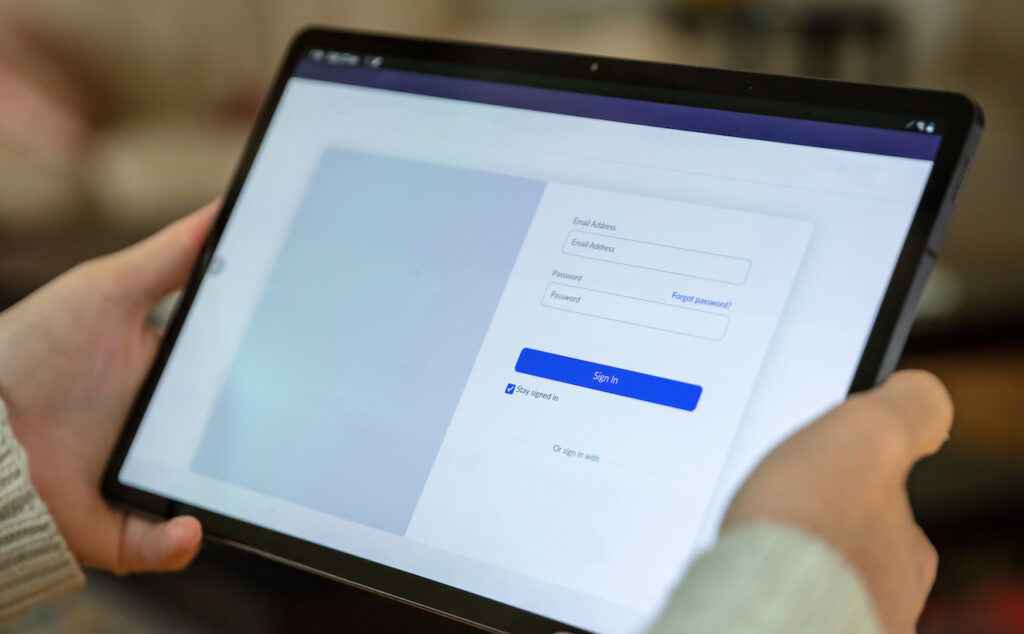With how much we use email these days, it’s hard to imagine that it has actually become one of our greatest security liabilities. As of 2020, there are over 4 billion email users across the world. It is also used every day in business communication, and unfortunately, hackers are aware of this.
In fact, 81% of organizations around the world reported an increase in phishing and email scams in the last few years. Email has never been more under attack! It is therefore essential that businesses take extra steps to ensure their emails and data remain safe. Here are some practical things you can do to stop hackers:
1. Communicate With Your Team About Email Security
As with any good security practice, communication is key. Without getting your entire organization on board–especially your employees–you open yourself up to attacks and breaches. Make sure your team understands the importance of email security, the common tactics hackers use to phish for data, and simple tips that can help protect your organization’s data.
2. Use Different Passwords For All Accounts
All accounts used by your team must have unique passwords. This ensures that if hackers gain access to one account, they won’t be able to get into all of your other accounts as well. It’s also helpful to use a password manager so that everyone can store their passwords securely and easily manage them from one central location.
3. Keep Work And Personal Emails Separate
Organizations need to keep work emails separate from personal emails as it provides an extra layer of security in case one account does become compromised or hacked. It also helps to keep your team organized, as emails relating to work are kept neatly in one place rather than getting mixed up with personal emails.
4. Triple-Check Links And Attachments
For email security best practices it’s important to be vigilant when it comes to links and attachments sent via email. Before clicking any link or downloading any attachment, make sure that the sender is trustworthy and that the content of the message seems legitimate (not too good to be true!). If you’re in doubt, contact the sender directly before taking any action on the email.
5. Check The Sender’s Email Address
Phishers often try to disguise their messages by using an email address that looks similar to a trusted source but is slightly different. For example, they might use delivery_company999 instead of delivery_company888. It’s important to take a few seconds and double-check the sender’s email address before taking any action on the message.
6. Secure Your Mobile Devices
As more and more of us are accessing our emails from mobile devices, it’s important to remember that these devices can be just as vulnerable as computers when it comes to email security. Make sure you have a secure password or pin for your device, and if you’re using public wi-fi, do not send any sensitive data or information over the connection.
7. Use Caution When Working On Public Wi-Fi
Public wi-fi networks are often unsecured and heavily monitored by hackers looking for an easy target. It’s best to avoid sending any data or information over public wi-fi networks as much as possible. If you must access your email from a public network, be sure to use a secure connection like Virtual Private Network (VPN).
Let The Experts At Solutions in Data Help
At Solutions in Data, we understand the importance of keeping your data and information safe from potential threats. That’s why we offer a wide range of security services that can help ensure your team is well-equipped with the knowledge and skills needed to protect your organization’s sensitive data. Contact us today to talk to a member of our experienced staff!
